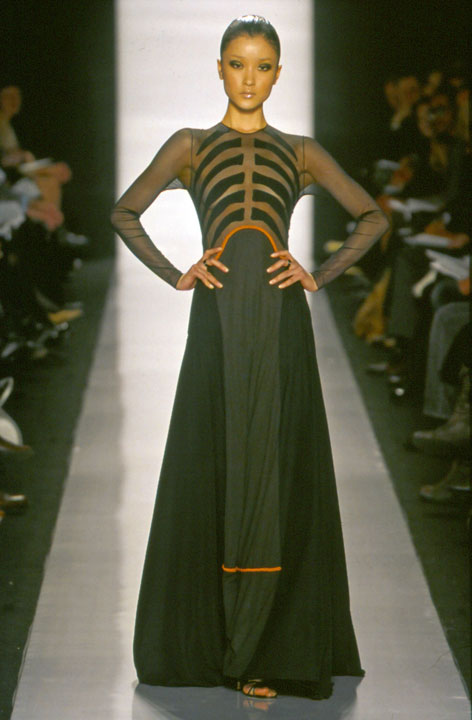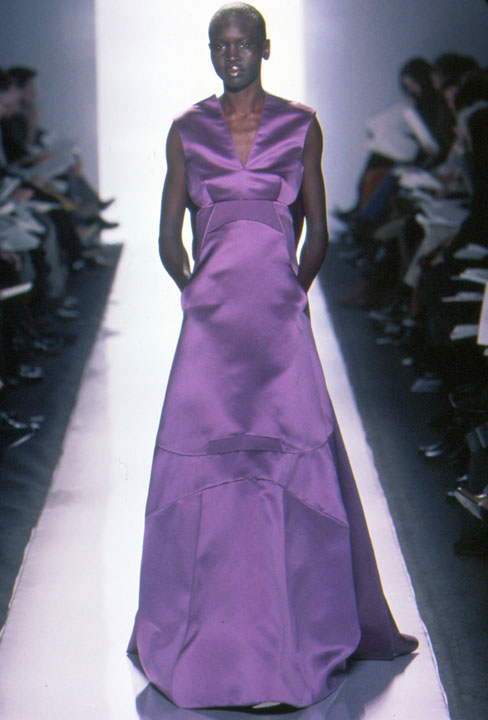 |
| AMERICANS IN PARIS |
Staying on in Paris, after serving in WWI, Chicago-born Main Rousseau Bocher (familiar to us, of course, as Mainbocher) found his niche as a fashion illustrator, fashion editor and, finally, as editor-in-chief of French Vogue; a career that drew him, in 1929, to open his own fashion house. The first, and one of only two, American designers permitted, by the Chambre Syndicale to show in Paris, Mainbocher dressed the well-funded, tippy-
top-est of the top tier women of the world and, in 1940, relocated his business to NewYork.
Were we to see Mainbocher’s CV, his list of accomplishments would include these
timeless wardrobe-altering innovations:
the strapless evening gown
the waistcinch
the beaded evening sweater
the rain suit
the “bump” shoulder
Among his clientele were, notably, celeb-deb of the time, Brenda Frazier; best-dressed Doris Duke and Babe Paley; the American Navy, which commissioned him to design uniforms for the WAVES; crowned heads and the not-crowned head of a certain party after whom a color was named. But, then, we know all about “Wallis blue,” don’t we?
|
 |
| Ralph Rucci |
|
 |
| Ralph Rucci |
|
Fast forward to…well, not really that fast, because more than sixty years would pass before another American designer would be invited to show in Paris.
Though his first formal show took place in 1981, it wasn’t until 1994 that this gifted, fiercely independent, totally driven designer and painter launched Chado Ralph Rucci, named for the Japanese tea ceremony noted for its detail, exactitude and sense of austerity. In 2002, Rucci was invited by the Chambre Syndicale de la Haute Couture to show in Paris, thereby becoming the second of only two American designers ever welcomed into that august association.
Known for swoon-inducing clothes that, according to the esteemed Robin Givhan, “ooze luxury…because every seam is perfect, every button exactly placed, every skirt has just the right fit,” credits his success in some measure to…wait for this: former Fashion Group member and retired senior vice president and fashion director Neiman Marcus, Joan Kaner.
According to Rucci, when he re-started his business, which the ’87 stock market crash had totally blitzed, Kaner came to see the collection and asked him to make five pieces which she wore throughout Europe. “That’s how she got the Neiman Marcus team in,” he told WWD in a recent interview. “You could say that Joan discovered me after all those years.”
Rucci’s gowns are included in the permanent collections of The Costume Institute of New York’s Metropolitan Museum of Art, the Victoria and Albert Museum in London, the Los Angeles Museum of Contemporary Art, among others, and in the closets of women whose tastes run to clothes that, in workmanship, craftsmanship and attention to detail, represent the perfect balance of form, function and art; modern, sensual and luxurious with a sense of invisible extravagance. |
|
|